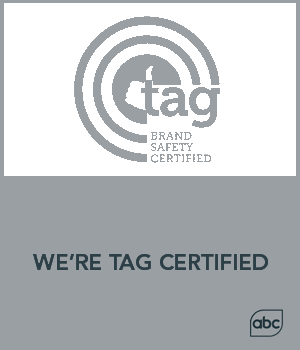Table of Content
Contextual advertising is a process where a promotional message is matched with relevant digital content. The algorithms dealing with contextual targeting, select the ads based on meta descriptions and keywords of the content. Since the resulting ads are related to the user, it encourages them to click through, boosting the results of a campaign. This is a win-win, as the publisher earns more, as the marketer gets more views.
Understanding Contextual Advertising
This is the largest form of advertisement on the internet at the moment, with the leading platform being Google through Google AdSense. The latter allows the publisher to insert the code throughout a website where AdSense serves ads. Google crawls for keywords and context, and related ads are placed. The publisher can customize their site and decide on how and where the ads will be placed, as well as the nature of products and services to advertise on their platform.
The Advantages of Contextual Advertising
The automation of the ad serving programs has been very beneficial to the marketers who advertise their products and services online. Automation allows web owners of small and large blogs, to serve ads without having to spend on human resources to negotiate for ad spaces.
For advertisers, it has increased their options of delivering messages to the right audience, without the hustle of finding them.
The technology is further improving the delivery, where the ads are automatically customized according to the customer’s demographic and geographic location of the user, besides making sure the content of the page where ads are placed is relevant.
The Disadvantages of Contextual Advertising
The main setback with contextual advertising is that the ads can be very disrupting and annoying to the user. In this case, the user ignores the ads. The ads might also be placed alongside those of competitors, lessening the chance of the conversion rate.
Additionally, clients who are looking for content will obviously not click on what they can see is an ad.
This doesn’t mean that contextual advertising isn’t a viable option. But you shouldn’t rely on it solely as a means of your advertising plan.
The Future of Contextual Advertising
The concept of contextual advertising is still very new in the marketing world. It’s still a work in progress. Beyond web pages, contextual advertising is integrating video game content and videos.
There is a proposal of a dynamic billboard, with a camera that can detect the age and gender of an audience.
With the integration of user information and searching history, there are rising privacy concerns. For example, some users will receive information on flights a week later after researching or booking. Similarly, high-value research, like an engagement ring, may follow a user for over a year. These are the hitches that still need to be addressed.
Is Contextual Advertising Worth It?
Despite certain drawbacks with contextual advertising, the benefits and advantages far outweight the cons and it’s been a game-changer in the advertising world. By targeting your ideal customer, your chances of closing multiple sales are much higher.









